Truckloads of waste removed after new estate fire
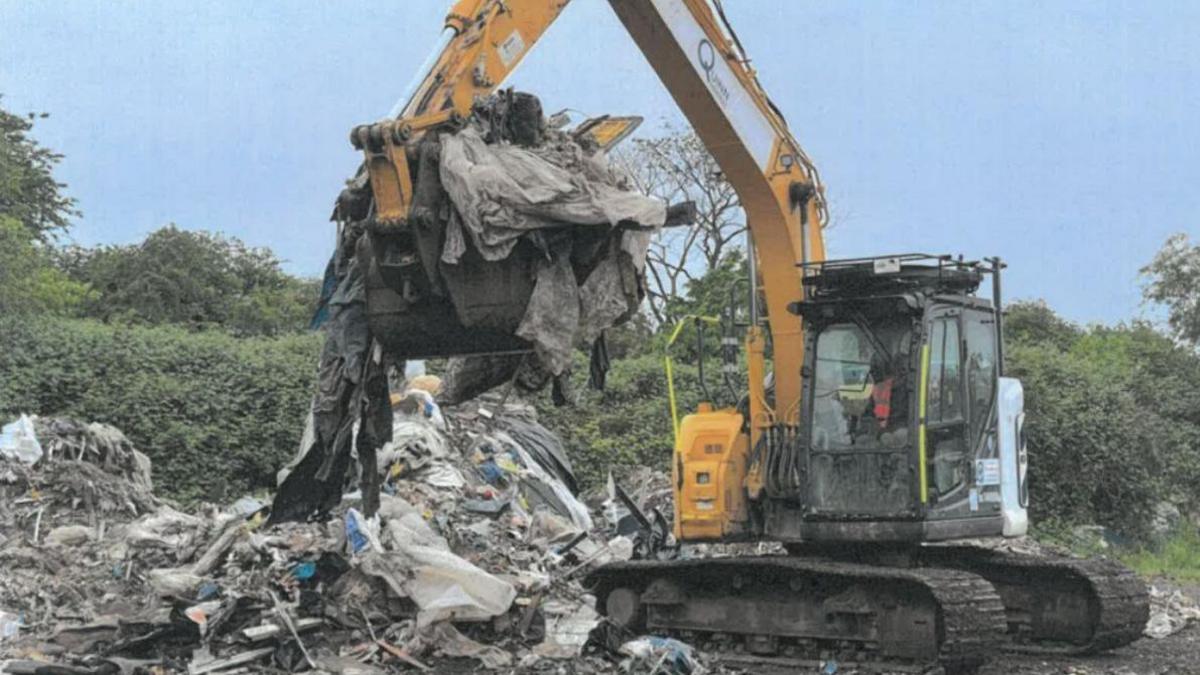
Some 70 truckloads of waste were removed from the land
- Published
New photos show truckloads of hazardous waste that were removed after flytipping and a fire on the site of a planned housing estate.
They were released by the Environment Agency (EA) and show what appears to be scorched earth after fire investigators entered the site in Hazlemere, Buckinghamshire, where Bellway Homes’ is to build 259 homes.
Piles of waste metal smouldered for weeks in April and May, just off the A404 near High Wycombe, with some nearby residents claiming to have been made to "feel sick".
Bellway said it took time to identify the type of materials involved, external before it could commission contractors to dispose of an estimated 70 truckloads correctly.
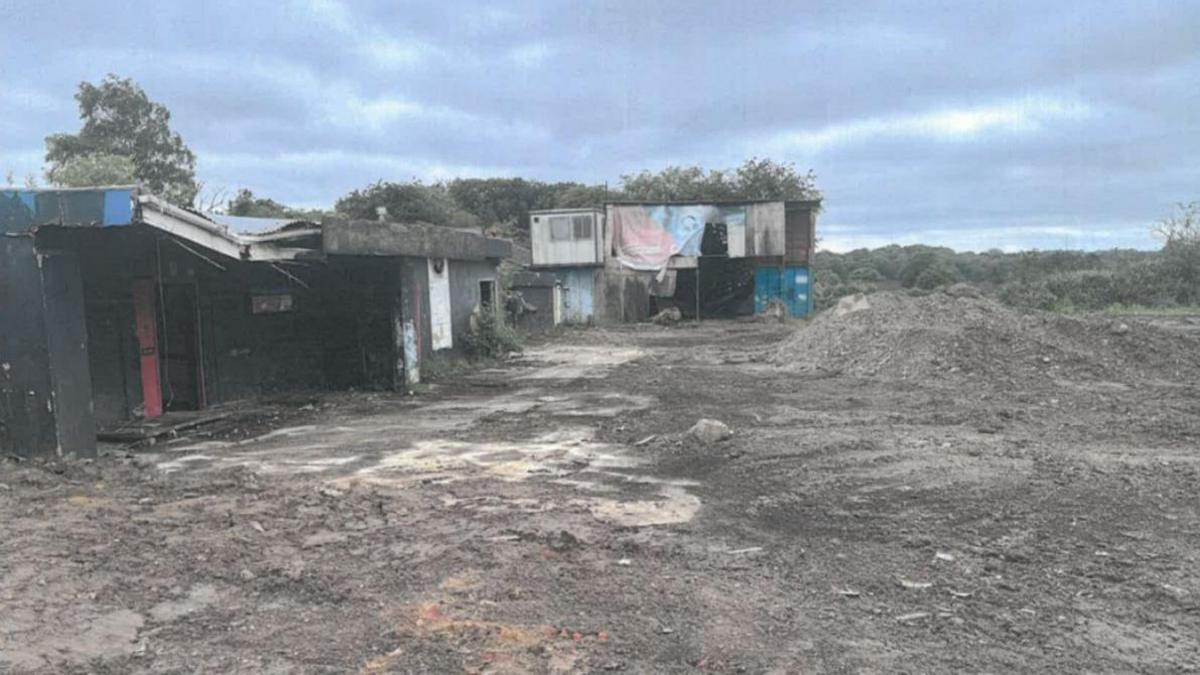
Dilapidated structures near where the fire burned will be cleared before Bellway’s new homes are built
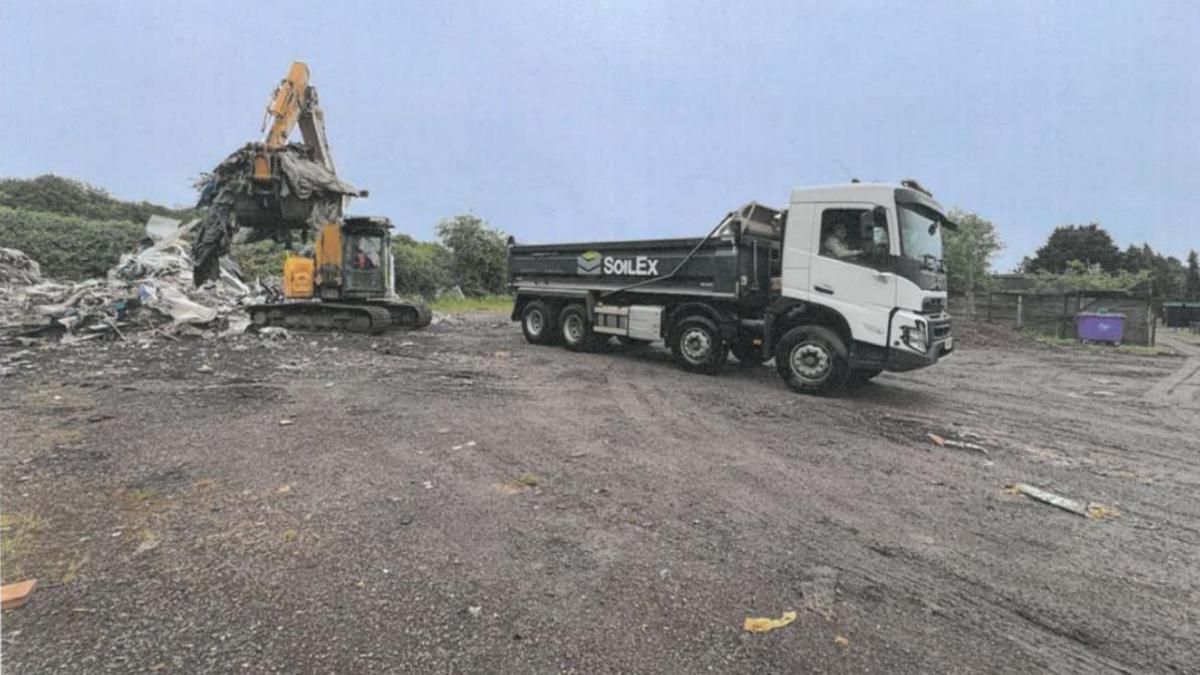
Images of the removal were released in a report by waste management firm SoilEx
The pictures show a huge pile of debris, as well as dilapidated structures and shipping containers which will also have to be cleared before new homes are built on the former coachyard and garage.
The pictures were contained in the appendices of a report by waste firm SoilEx, which analysed rubbish on behalf of Bellway.
The Local Democracy Reporting Service (LDRS) said the EA previously released the report under freedom of information laws but chose to keep the 108 pages of appendices hidden from the public.
However, this week it released the documents following an internal review requested by the LDRS and admitted its initial decision to withhold them was "incorrect".
In an accompanying statement, the EA explained the soil samples from the site are "likely" to contain waste from the dumped items and from substances found in the ground from the site’s previous uses.
It said: “Smoke from burning waste does not necessarily contain each substance present within the waste as each substance will react differently to being burnt."
It added the report should therefore not be used to indicate or estimate whether any substances found were contained within the smoke or how much was in the smoke.
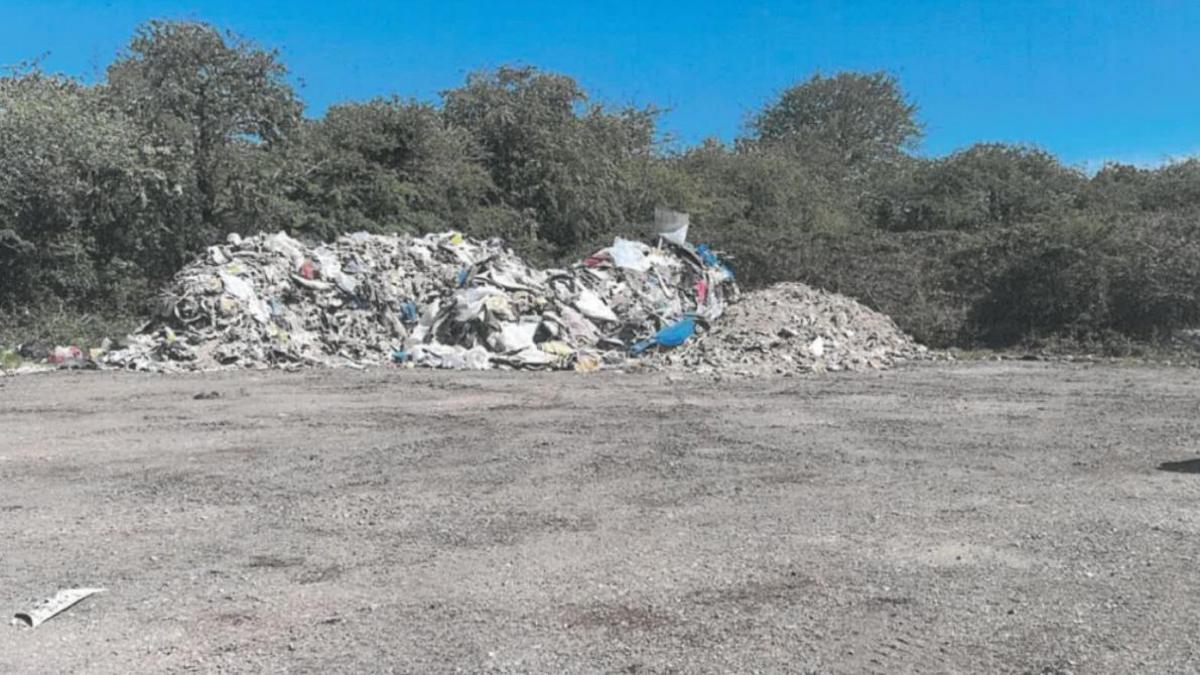
Bellway Homes said it took time to identify the materials involved before it could dispose of the waste correctly
The appendices go into slightly greater detail about the small amount of a hazardous substance found in one of the eight soil samples taken.
The substance is part of the total petroleum hydrocarbon (TPH) family of chemicals, which are found in crude oil and which it is not uncommon for people to come into contact with in small quantities in places such as petrol stations, the report said.
The description of TPH in the appendices reads: “May cause cancer [state route of exposure if it is conclusively proven that no other routes of exposure cause the hazard].”
Another risk is listed as: “May cause genetic defects [state route of exposure if it is conclusively proven that no other routes of exposure cause the hazard].”
Bellway’s PR firm said the discovery of TPH was standard for former industrial premises and did not present a risk to residents.
All the burnt waste has been cleared from the site.
Get in touch
Do you have a story suggestion for Beds, Herts & Bucks?
Follow Beds, Herts and Bucks news on BBC Sounds, Facebook, external, Instagram, external and X, external.
Related topics
- Published28 August 2024
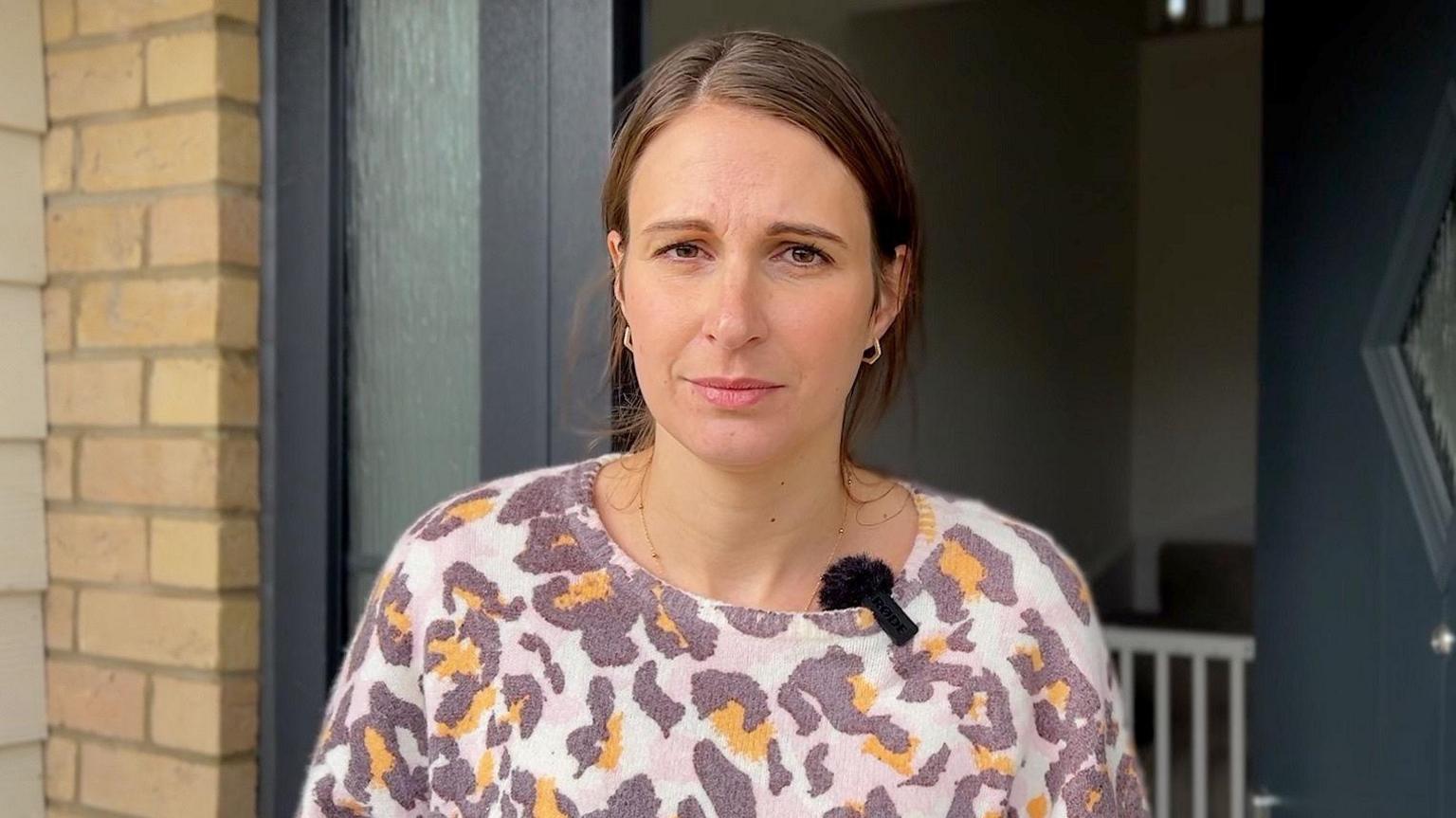
- Published11 December 2020
